Aeden has been spending his time geolocating evidence of civilian casualties and damage to civilian infrastructure in Ukraine. He will get a photo or video from the internet assigned to him, and he’s tasked with using tools like aerial satellite imagery and street view on Google Maps to verify the location. Once Aeden and a fellow volunteer agree on a location (Aeden says having someone else help to confirm the evidence is useful to avoid tunnel vision), a Bellingcat researcher independently verifies the information. Then the cycle begins all over again.
It’s an impressive effort, but Lindsay Freeman, the law and policy director at the Human Rights Center at the University of California, Berkeley, says the sheer number and diversity of efforts presents a challenge. Despite their good intentions, some may simply fall too far short of the burden of proof required to prosecute war crimes.
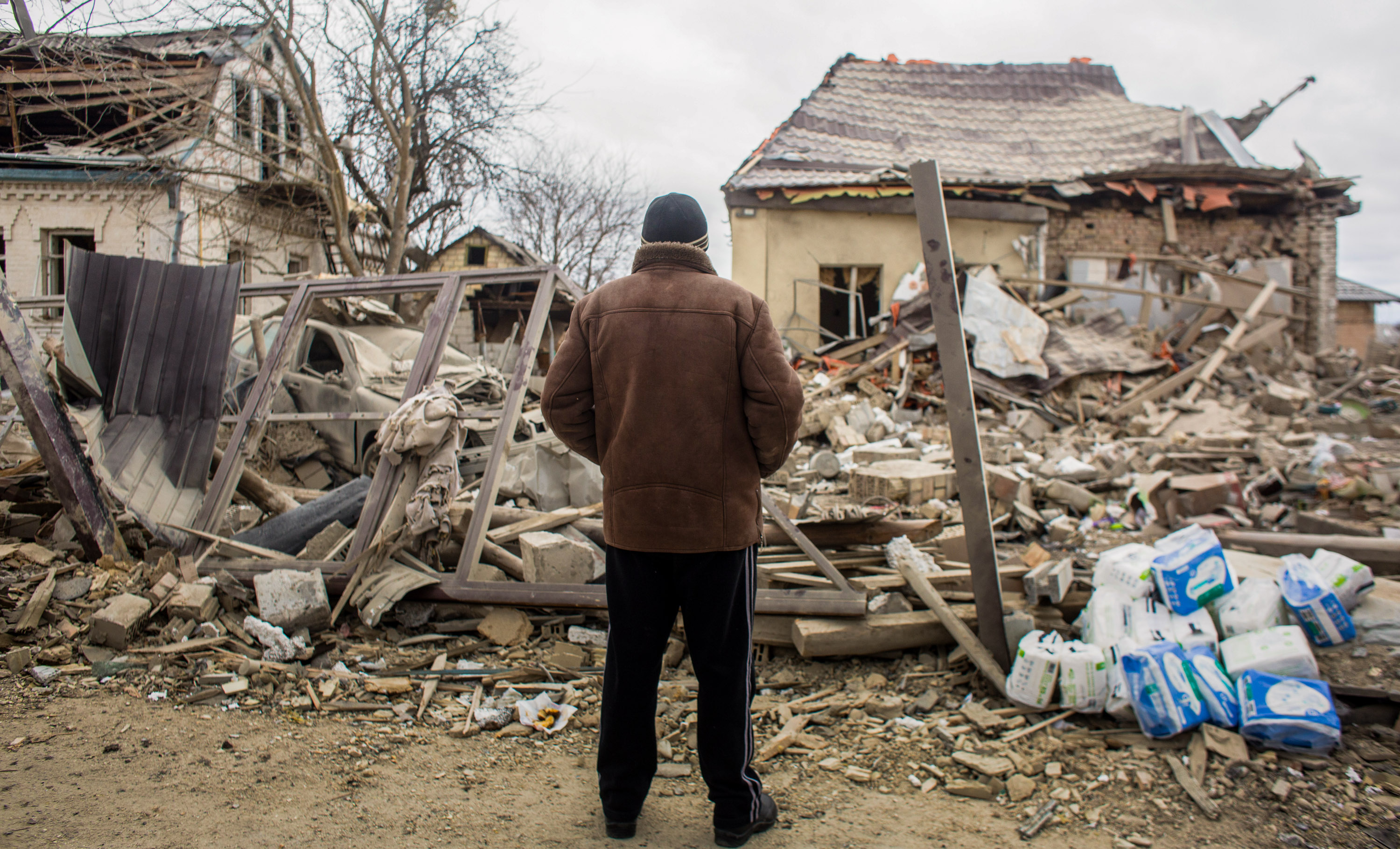
ANASTASIA VLASOVA/GETTY IMAGES
Remarkably, up until recently there was no single document or group that lays out rules for how to properly collect, archive, and present data from conflict zones for possible war-crime prosecution. It’s a problem that reflects the sprawl of international organizations like the United Nations, the International Criminal Court, and an array of human rights and aid organizations that have varying powers and jurisdictions—and plays into the hand of war criminals who know they may never truly face justice.
In 2020, Freeman helped found the Berkeley Protocol, an effort to codify the ethical use of open-source intelligence. The protocol, backed by the United Nations, offers a rulebook on how to handle and file digital data. A lot of the document was informed by Syria, Freeman says, and the fact that different formats made data collection a very difficult task there.
The Protocol is a first step toward creating a system for the deluge of data coming in from Ukraine, but Freeman acknowledges that it’s not enough. While many aid groups have adopted the Protocol, many others are set in their ways and have their own internal systems for filing information..
Freeman says the Berkeley Protocol also “does not really address crowdsourcing,” which is a huge factor in not only the war in Ukraine but also other conflicts over the years. Increased citizen access to technology and social media mean that getting information directly from those affected to those in power has never been easier, yet the Protocol sidesteps the question of how to properly document this information.
Part of the reason, Freeman says, is because the International Criminal Court (ICC) is selective about what type of evidence it permits, often favoring official sources like closed-circuit televisions with timestamps over shaky, pixelated camera phone footage.
What the Berkeley Protocol illustrates is the tug of war between what the International Criminal Court deems as admissible evidence and crowdsourced efforts to collect this evidence. While the Protocol represents a huge first step in creating a more solid case against war criminals, it also represents an acknowledgment of how the ICC remains woefully behind on how people use technology, both as victims of war as well as outsiders looking in. (The ICC did not respond to repeated requests for comment.)
None of this is stopping Aeden from continuing his efforts. “I sometimes worry that the impact of this work might come too late for the victims of this conflict, but I do believe that justice achieved retrospectively is still far better than none at all,” he says.

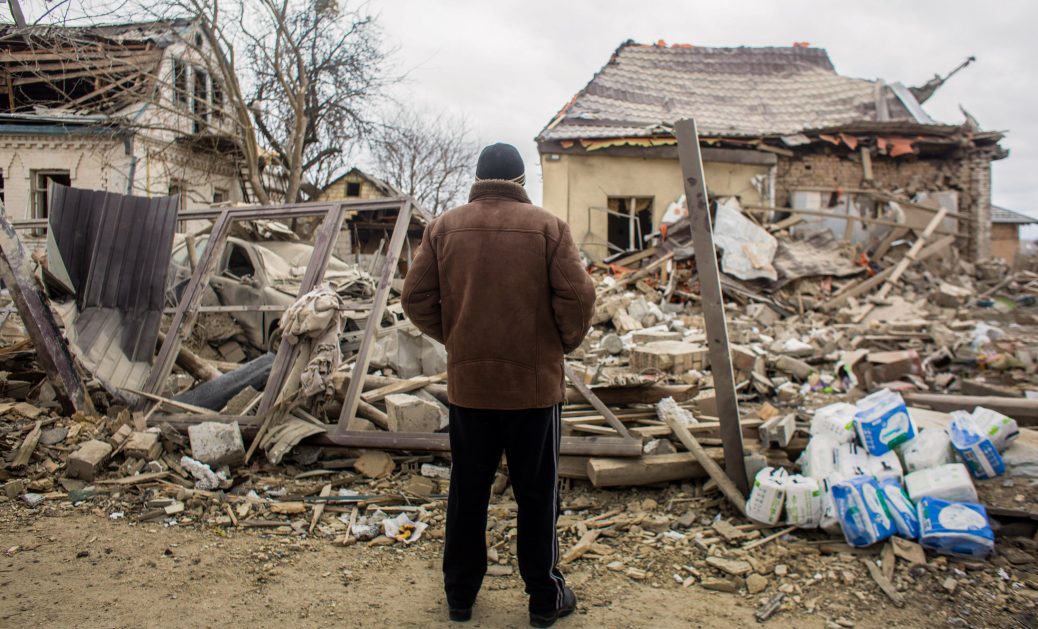
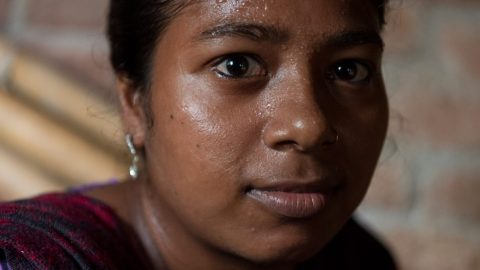
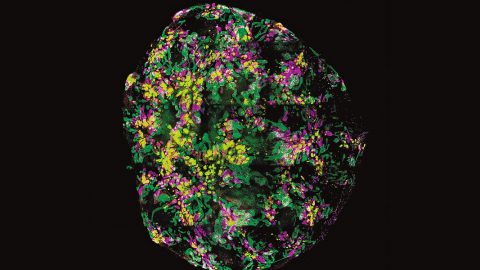
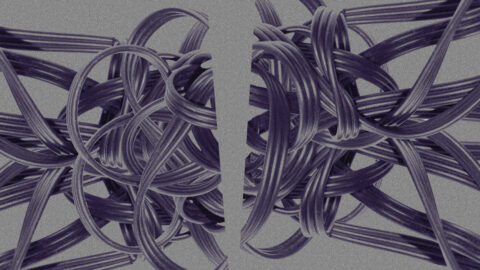
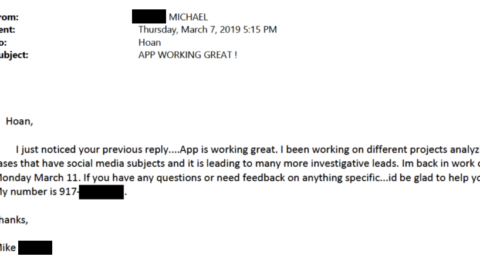
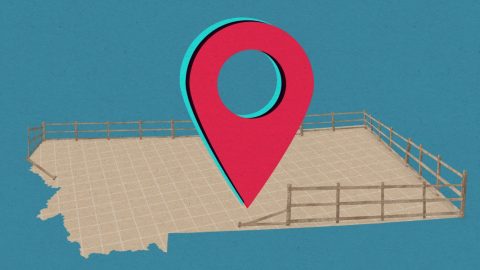
Recent Comments